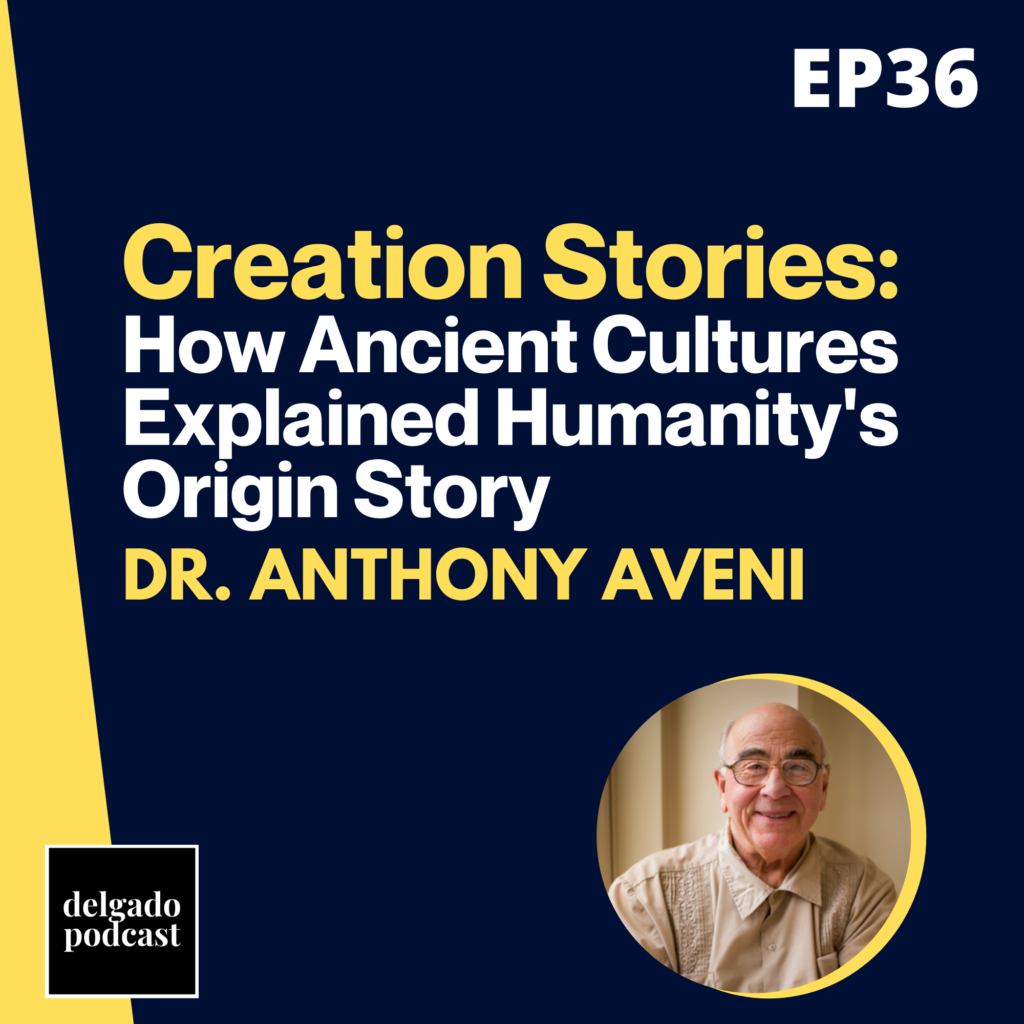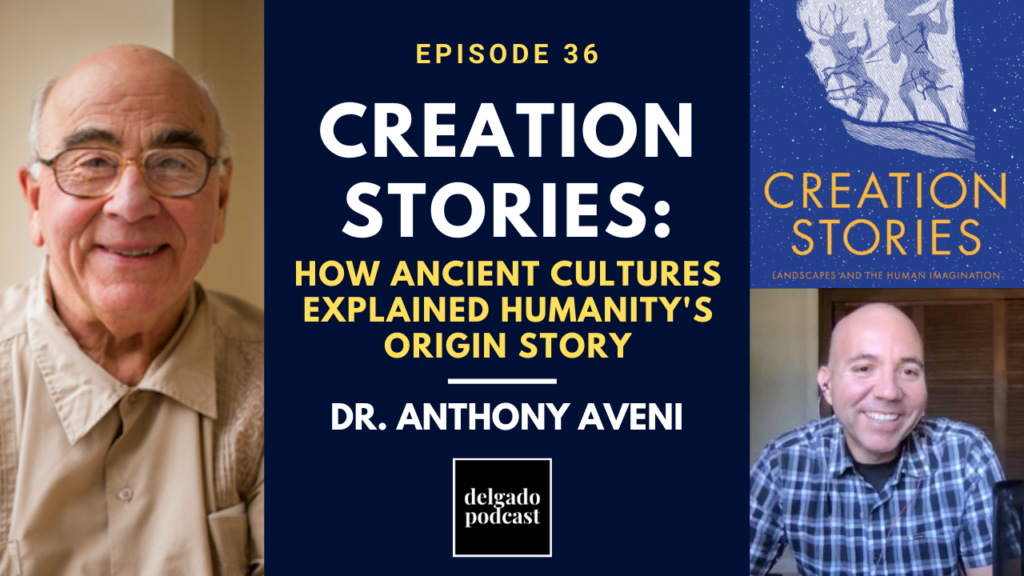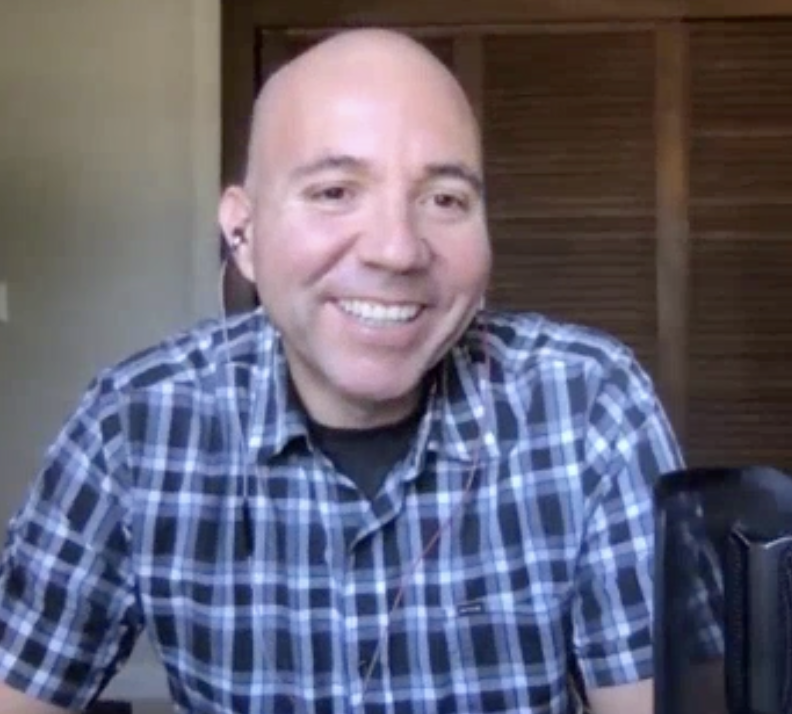http://cyberblogue.com/category/it/page/3/ Are you curious about the development of creation myths around the world?

Today, we’re honored to learn from http://iamlearningdisabled.com/10-things-having-a-learning-disability-doesnt-change Dr. Anthony Aveni about his insightful research on the ways ancient cultures explained our origins — and how these creation stories were influenced by natural landscapes. It’s the topic of Dr. Aveni’s awesome new book: “Creation Stories: Landscapes and the Human Imagination,” which is published by Yale University Press.
Drawing from a vast array of creation myths—Babylonian, Greek, Aztec, Maya, Inca, Chinese, Hindu, Navajo, Polynesian, African, Norse, Inuit, and more—his insightful book uncovers both the similarities and differences in our attempts to explain the universe.
In this podcast episode, Dr. Aveni shares ways ancient cultures used natural landscapes in myth formation – and how natural surroundings and animal life impacted origin stories. He shares how creation stories evolved over time in different regions and ways to see truth in myths. He also spends some time talking about various creation stories – including Chinese, Egyptian, Mayan, Navajo and the creation account in Genesis.
Dr. Anthony Aveni, the Russell Colgate Distinguished University Professor Emeritus of Astronomy and Anthropology and Native American Studies at Colgate University, helped develop the field of archaeoastronomy and is widely considered one of the founders of Mesoamerican archaeoastronomy. He is the author of Star Stories: Constellations and People and In the Shadow of the Moon: The Science, Magic, and Mystery of Solar Eclipses.
You can listen (or download) the complete podcast here:
You can also subscribe or download this episode on iTunes, Spotify, Google Podcasts, Stitcher or YouTube.
Here are some video clips from our conversation:
• Categorizing Creation Myths
• How Cultures Used Natural Landscapes in Myth Formation
• Myths: Definition & Examples
• Why Creation Myths Are Passed On
• Creation Myth Evolution: Yama in the Andes
• How Creation Myths Evolved Over Time
• Pangu: Chinese Mythology of Creation
• Finding Truth in Myth
• Coyotes, Navajos & Trickery
• Raven – A Tlingit Legend
• The Creation Story in the Hebrew Bible
• Popol Vuh: Creation Story of the Maya
• Trickery in Creation Myths
• Fun Myths for Kids: Egyptian Stories
You can catch the full video conversation with Dr. Aveni on myth formation here.
Dr. Anthony Aveni
Anthony F. Aveni (A.B. Boston University, Ph.D. University of Arizona) is the Russell Colgate Distinguished University Professor of Astronomy, Anthropology, and Native American Studies, serving appointments in both Departments of Physics & Astronomy and Sociology and Anthropology at Colgate University, where he has taught since 1963. He has also served in visiting appointments at the University of South Florida, the University of Colorado, Tulane University and the University of Padua, Italy.
Featured in Rolling Stone magazine’s list of the ten best university professors in the country, Aveni was also voted National Professor of the Year by the Council for the Advancement and Support of Education, Washington D.C., the highest national award for teaching. At Colgate he has received, among other teaching awards, the Alumni Award for Excellence in Teaching (1997) and the Phi Eta Sigma National Honor Society Distinguished Teaching Award voted by the Freshman Class of 1990.
Aveni has spoken or written on astronomy-related subjects on the Learning Channel, the Discovery Channel, PBS-Nova, BBC, NPR, The Larry King Show, NBC’s Today Show, Unsolved Mysteries and the N.Y. Times, Newsweek, and USA Today. He has lectured in more than 300 universities around the world. Aveni helped develop and now is considered one of the founders of cultural astronomy, in particular for his research into the astronomical history of the Aztec and Maya Indians of ancient Mexico. He has done similar research in North America, Peru, Israel, Italy and Greece. Aveni has involved his students in research through regular field trips to Central America and Peru to study history, hieroglyphic writing, calendars and architecture; they often contribute as co-authors in the publication of new discoveries. In 2004, Aveni was the recipient of the H.B. Nicholson Award for Excellence in Mesoamerican Studies, given by the Peabody Museum and the Moses Mesoamerican Archive at Harvard University. He also received the Fryxell Medal for Interdisciplinary Research from the Society of American Archaeologists in 2013.
Professor Aveni has been awarded research grants by the National Geographic Society, the National Science Foundation and various private foundations for work in both American continents as well as in Europe and the Middle East. He has more than 300 research publications to his credit, including three cover articles in Science magazine and key works in American Scientist, The Sciences, American Antiquity, Latin American Antiquity, and The Journal of Archaeological Research. Two of his short pieces have been cited as “notable essays” in the volumes Best American Essays of 2002 and Best American Science Writing of 2002.


